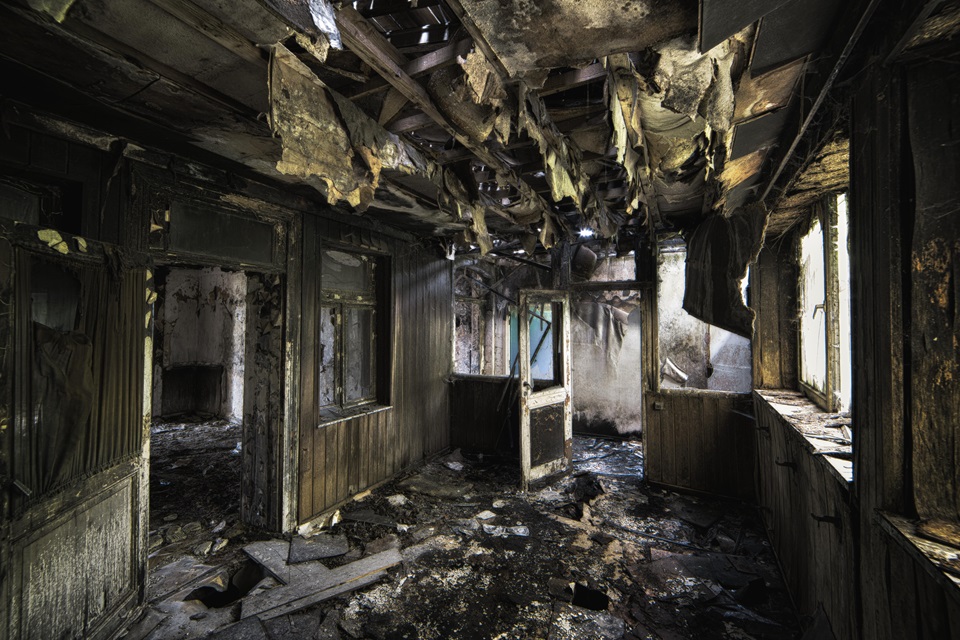The first step in the restoration process is fire damage assessment. Professionals use their expertise to assess the extent of structural damage resulting from the fire and identify any safety hazards. They’ll also look for water damage caused by firefighting efforts or burst pipes and work to secure the property to prevent theft and vandalism.
Table of Contents
Structural Assessment
Before beginning any fire restoration Puyallup work, experts conduct a thorough structural assessment. This includes inspecting the walls, ceilings, and floors for any damage or weakness that may worsen. The team also checks electrical and plumbing systems to avoid any safety hazards. Once the structure is safe, professionals board doors and windows and place tarps over damaged roofs to prevent further damage. They also examine the cosmetic details of a property, including paintwork, flooring materials, cabinetry, and fixtures. This step helps remove all traces of fire damage from a property before rebuilding. Experts will also attempt to salvage any personal belongings not severely impacted by the fire. They take these items to specialized cleaning facilities, where they are cleaned and restored.
Contents Assessment
The corrosive byproducts of fire damage can continue to burn, etch, and tarnish materials long after the flames have been extinguished. This can result in permanently damaged materials that need to be replaced. Restoration professionals systematically assess contents, room by room, to determine what can be restored and discarded. Items that cannot be restored are correctly disposed of to reduce health risks. Detailed photo documentation, identification numbers, and records help identify and separate salvageable and non-salvageable items. This allows for accurate insurance claims, reducing disputes and speeding up the process of receiving funds to begin repairs. It also helps to minimize the impact of downtime and production losses. Documenting any interaction with your insurance provider, including phone calls, letters, or emails, can be helpful.
Documentation
Fire damage assessments ensure insurance companies accurately calculate and compensate all eligible damages. Professionals meticulously document all aspects of the damage using photographs, written descriptions, and itemized lists. These detailed records form a solid foundation for accurate insurance settlements, reducing the likelihood of disputes and expediting access to funds for recovery. After confirming that it’s safe to enter, professionals examine the home’s structural integrity and note any exterior damage caused by fire. They’ll also assess the presence of water and smoke damage. If the damage is severe, boarding and roof tarping services may be necessary to protect against further weathering and to prevent unauthorized entry. This step also allows the restoration team to document any personal belongings destroyed in the fire.
Emergency Services
The restoration team starts work after the fire has been extinguished and it’s deemed safe to enter. They use inspection checklists to note every type of damage and determine what can be saved from the destruction. They also use water extractors and run humidifiers to dry out the remaining structures on the property. Then, they remove and replace materials harmed in the process. This includes anything that reveals signs of toxicity, like grainy soot residue or pervasive smoky odors. Water and soot damage are common problems that result from firefighting activities. This step entails installing barriers and covering any openings in the structure, such as windows or doors, to keep rainwater and debris out. It also involves repairing any damaged framing and systems.
Restoration
The restoration step involves restoring a facility after the fire. This includes repairing damaged structures and equipment, cleaning smoke and soot, and removing anything that cannot be salvaged. It also ensures that all systems are restored to a fully operational state. After the planning stage, a preferred restoration alternative is implemented in the implementation phase. This phase is considered “doing,” but it requires significant planning and foresight to execute effectively. A practical restoration plan is vital for organizations of all types and sizes. It can help prevent downtime, reduce the impact of disasters on business operations, and ensure compliance with regulations. It can also provide a competitive advantage and safeguard customer trust. A professional assessment is the best way to ensure your organization has the right recovery plan.



